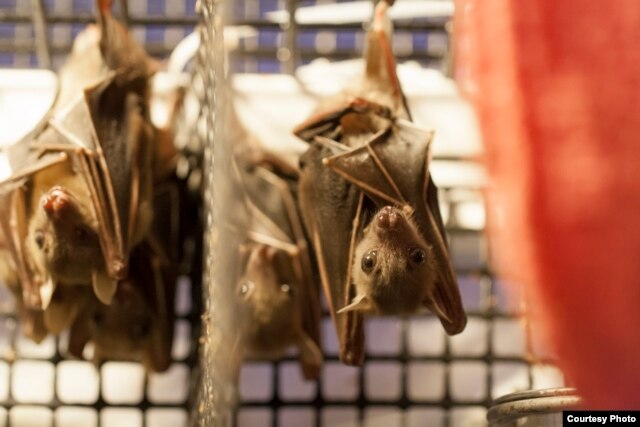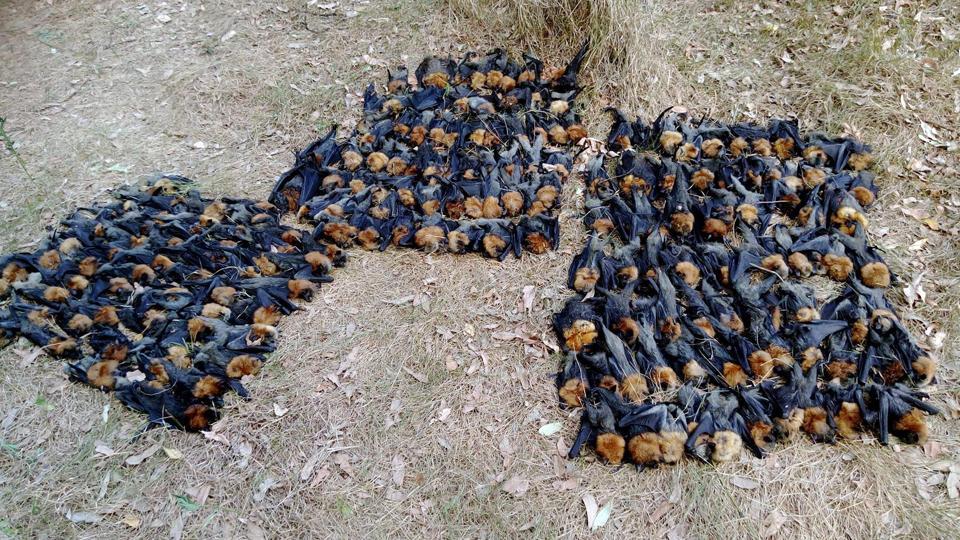Disir
Platinum Member
- Sep 30, 2011
- 28,003
- 9,608
- 910
Every day at dusk, an estimated three million bats emerge from the mouth of one of the world’s largest caves to hunt. In order to make themselves a more elusive target for birds of prey, they gather in an eerie formation akin to a tornado, or a ribbon of campfire smoke. This video of the act, taken by François Chauvin, a visitor to Borneo’s Gunung Mulu National Park, is probably the most goth thing you’ll see today.
Gunung Mulu National Park in Malaysia is a UNESCO World Heritage Site and a stunning example of tropical karst topography. A karst landscape is formed when the bedrock is predominantly composed of something easily soluble, like limestone. Over time, water erodes the rock, forming sinkholes, cenotes, jagged limestone formations, and caves.
I Bet You’ve Never Seen This Many Goddamn Bats
They curl upwards like smoke.






